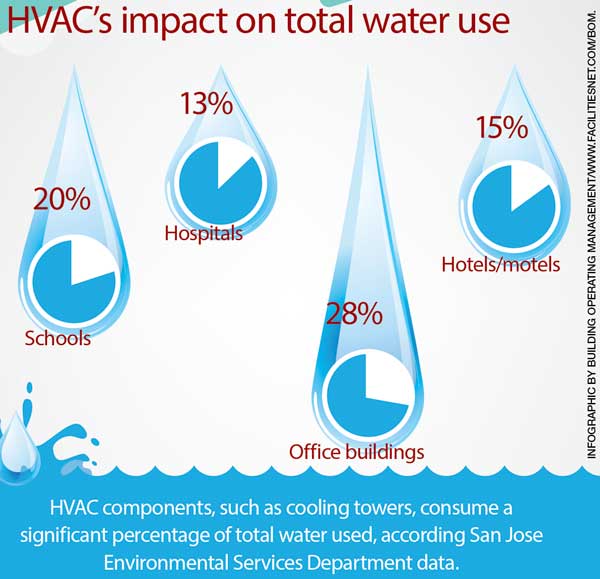The Ultimate Guide To Comprehending Warmth Pumps - Exactly How Do They Function?
The Ultimate Guide To Comprehending Warmth Pumps - Exactly How Do They Function?
Blog Article
Authored By-Grady Montoya
The very best heatpump can save you considerable quantities of money on power costs. They can likewise help in reducing greenhouse gas exhausts, specifically if you utilize electrical energy instead of nonrenewable fuel sources like lp and heating oil or electric-resistance heaters.
Heat pumps work significantly the like ac unit do. This makes them a practical option to standard electrical home furnace.
Just how They Function
Heatpump cool down homes in the summer and, with a little assistance from electricity or natural gas, they provide some of your home's heating in the winter. They're a great alternative for people who want to lower their use of fossil fuels but aren't prepared to replace their existing furnace and air conditioning system.
They count on the physical reality that also in air that seems too cold, there's still power existing: warm air is always moving, and it wants to move into cooler, lower-pressure settings like your home.
A lot of power celebrity accredited heat pumps run at close to their heating or cooling ability throughout a lot of the year, reducing on/off biking and conserving energy. For the best performance, focus on systems with a high SEER and HSPF score.
The Compressor
The heart of the heatpump is the compressor, which is also called an air compressor. This mechanical flowing device utilizes potential power from power production to enhance the stress of a gas by minimizing its volume. It is different from a pump in that it just works on gases and can not work with fluids, as pumps do.
Atmospheric air gets in the compressor via an inlet shutoff. It travels around vane-mounted arms with self-adjusting size that split the inside of the compressor, developing numerous dental caries of varying dimension. The rotor's spin pressures these dental caries to move in and out of stage with each other, compressing the air.
The compressor attracts the low-temperature, high-pressure refrigerant vapor from the evaporator and compresses it into the hot, pressurized state of a gas. christchurch ventilation systems is repeated as required to supply home heating or cooling as needed. https://thepointsguy.com/guide/cruise-ship-embarkation-tips/ includes a desuperheater coil that reuses the waste warmth and adds superheat to the refrigerant, transforming it from its liquid to vapor state.
The Evaporator
The evaporator in heat pumps does the very same thing as it performs in refrigerators and air conditioning unit, changing liquid refrigerant right into an aeriform vapor that eliminates warm from the room. dc air conditioning units would not work without this critical piece of equipment.
This part of the system lies inside your home or building in an indoor air handler, which can be either a ducted or ductless device. https://collinzmxjt.liberty-blog.com/29421306/5-indicators-it-s-time-to-update-your-furnace-to-a-heat-pump includes an evaporator coil and the compressor that presses the low-pressure vapor from the evaporator to high pressure gas.
Heat pumps absorb ambient heat from the air, and afterwards make use of electrical energy to transfer that warmth to a home or business in home heating setting. That makes them a lot more energy efficient than electrical heaters or heating systems, and due to the fact that they're using tidy electrical energy from the grid (and not melting fuel), they additionally create much fewer emissions. That's why heatpump are such excellent environmental options. (And also a substantial reason why they're ending up being so preferred.).
The Thermostat.
Heatpump are fantastic options for homes in chilly climates, and you can utilize them in combination with traditional duct-based systems and even go ductless. They're an excellent different to fossil fuel furnace or conventional electrical furnaces, and they're extra lasting than oil, gas or nuclear heating and cooling tools.
Your thermostat is the most important component of your heatpump system, and it functions extremely in different ways than a traditional thermostat. All mechanical thermostats (all non-electronic ones) work by utilizing materials that alter size with raising temperature, like coiled bimetallic strips or the broadening wax in an auto radiator valve.
These strips consist of two different types of metal, and they're bolted with each other to create a bridge that finishes an electrical circuit linked to your cooling and heating system. As the strip gets warmer, one side of the bridge increases faster than the other, which creates it to bend and indicate that the heating system is required. When the heat pump is in heating setting, the reversing shutoff reverses the circulation of cooling agent, to ensure that the outdoors coil now functions as an evaporator and the indoor cylinder comes to be a condenser.